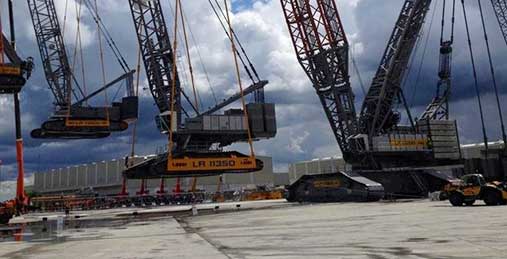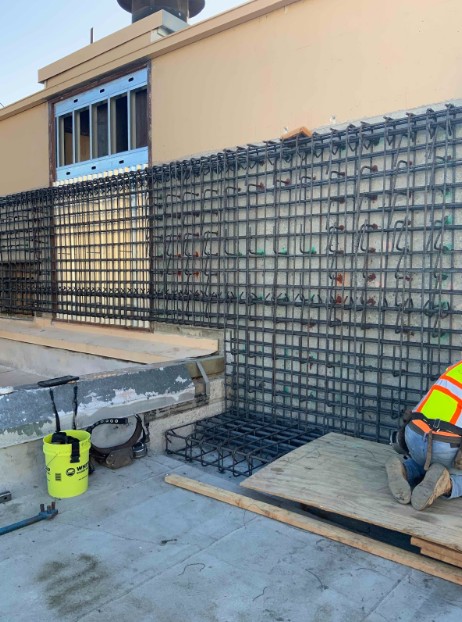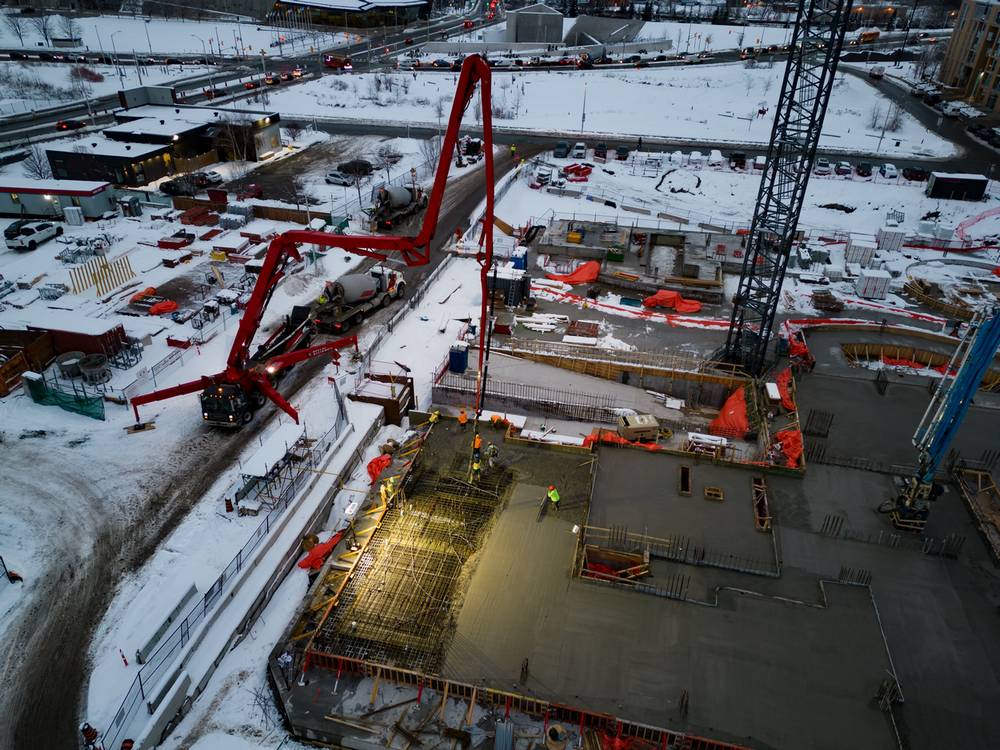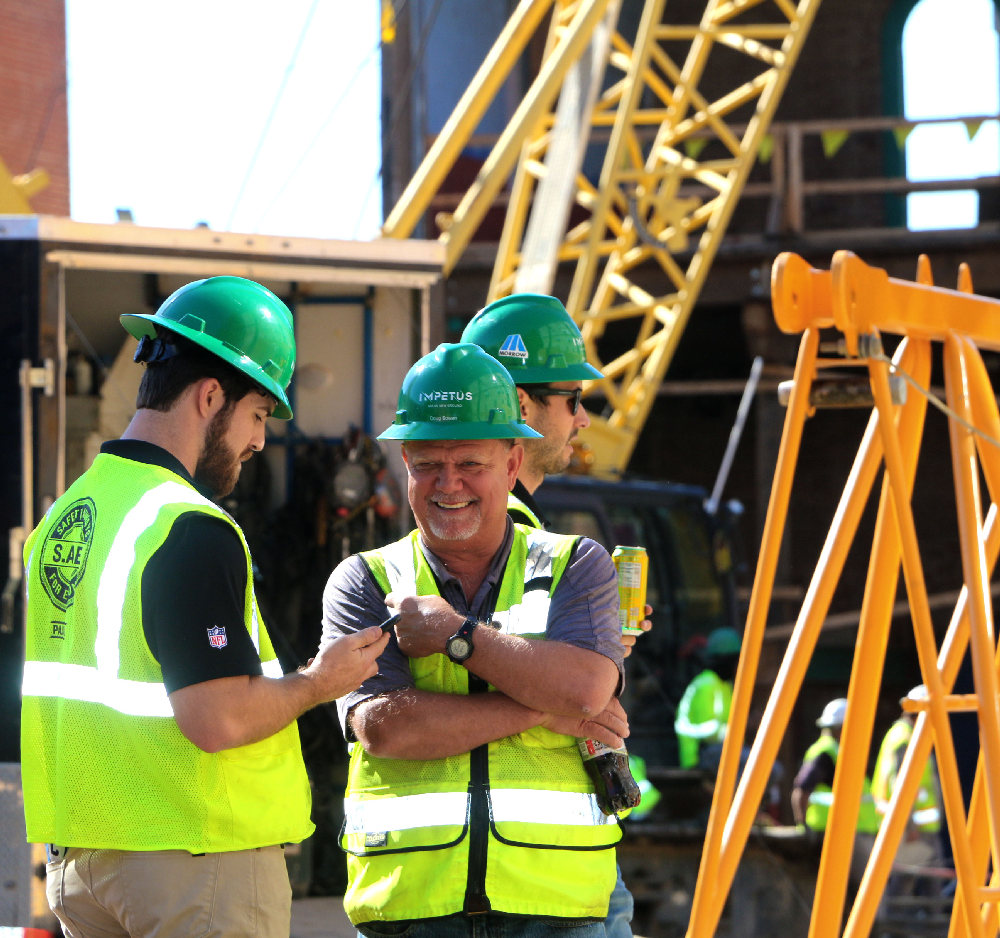By Association of Equipment Managers Staff There is a labor shortage in the construction industry – and it’s not exactly breaking news. Headlines declare that “nobody wants to work anymore” – but is this explanation really at the root of what’s a longstanding, industry-wide issue? Amid the “Great Resignation,” as baby boomers retire and Gen Z workers reject the long hours of the construction industry, it’s more important than ever to examine the causes of this unprecedented labor shortage and explore potential solutions. Numerous companies are feeling the pressure, especially in the skilled trades, and many have not yet been … Read more
Best Practices for Seismic Retrofits
3 phases for construction preparedness By Dan Haas Undertaking seismic upgrades on existing structures is a complex process that ensures buildings are retrofitted to withstand seismic threats, that they meet new building codes and keep end users safe from harm. However, even codes introduced following the 1994 Northridge, California, earthquake are outdated given the continued research into seismic events and their impacts on buildings. Future-proofing existing assets to withstand varying levels of seismic activity and intensity requires an expert-led upgrade and retrofit process. The following best practices outline the three phases to help ensure construction preparedness. 1) Property/portfolio evaluation The … Read more
Top 3 Energy-Saving Tips for Winter Construction + More
By Kevin Bright Implementing sustainable practices on the jobsite is critical for a greener future. These methods reduce environmental impact, conserve resources and promote long-term economic viability. Incorporating eco-friendly materials, efficient energy usage and responsible waste management can contribute to a healthier planet, while saving long-term costs and meeting growing infrastructure needs. In addition to an efficient design that incorporates renewable energy, LED lighting and smart HVAC systems, the following are three top energy conservation strategies that superintendents can utilize on the jobsite. 1. Work sequencing opportunities due to weather When constructing a building in colder climates, wintertime can pose … Read more
Lean Construction Approach Powers More Unified, Efficient Project Team
By Ken Osmun Construction projects are rarely completed without a hitch, but the unanticipated issues don’t have to cause delays and cost overruns. With the Lean construction approach, a project team can more successfully and easily navigate around obstacles — and even prevent many of them from arising in the first place. Delays spring from countless variables and logistics. One company may have trouble obtaining a needed element such as a lighting fixture because of a hold-up with the supplier. Another company may anticipate being temporarily short-staffed in an upcoming week. Enter Lean construction. The method is a series of … Read more
Together We Excel: 4 Benefits of Building Alliances with Architects
By Lloyd Schoen Builders and architects rely on each other’s expertise to translate design concepts into completed spaces that serve the needs of their owners and occupants. Yet, despite the built-in synergies between design teams and construction teams, the relationship isn’t always a cohesive or collaborative one. Too often, it can deteriorate into an adversarial partnership that’s focused more on protecting each team’s self-interests than on meeting the client’s goals. In this scenario, no one wins. As a superintendent with more than a decade of field experience, I’ve learned practical lessons about the importance of building strong alliances with architects … Read more













 Join our thriving community of 70,000+ superintendents and trade professionals on LinkedIn!
Join our thriving community of 70,000+ superintendents and trade professionals on LinkedIn! Search our job board for your next opportunity, or post an opening within your company.
Search our job board for your next opportunity, or post an opening within your company. Subscribe to our monthly
Construction Superintendent eNewsletter and stay current.
Subscribe to our monthly
Construction Superintendent eNewsletter and stay current.